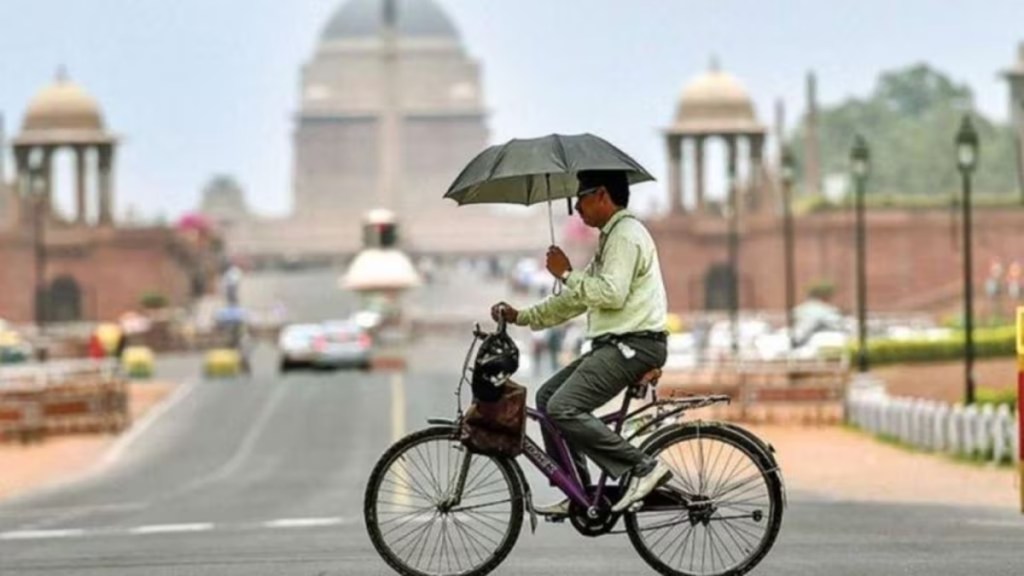The India Meteorological Department’s (IMD) grim weather forecast for the pre-monsoon months has come as no surprise. It, however, demands preparedness and adaptation to mitigate the adverse effects on agriculture, environment, and health. The IMD has said that most parts of the country will experience above normal temperatures during March-May, while this February was recorded as the hottest in 125 years. In agriculture, wheat is likely to be affected the most by a heat surge. Wheat inflation has been persistently high in India in recent years amid strong demand and falling production, to which adverse weather conditions have contributed especially in the months of February and March when grain formation takes place. Studies by the Indian Council of Agricultural Research have earlier projected that an increase in temperature by 1°C could whittle down wheat output by 5%.
The government has tried to address challenges posed by weather. For instance, the Prime Minister released 109 high-yielding, climate-resilient, and bio-fortified varieties of crops including wheat last year. However, agricultural economist Ashok Gulati has pointed out that the challenge of their wide adoption remains a daunting task because the government’s agri-extension network is the weakest link in the production system. Therefore, research and development as well as agri-extension and tweaks in farming methods need greater focus to contain climate risks to food.
The met department has predicted heatwave days exceeding the normal count across the country, except over the Northeast, extreme north India, and southwestern and southern parts of peninsular India. 2024, which was also the hottest year ever recorded in India, already served a sobering reminder of a mounting challenge, and climate experts have warned that 2025 could be even hotter. So, the lessons from last year bear repetition. While India is making steady progress to meet its climate goals, it remains one of the most vulnerable countries as a third of its gross domestic product comes from sectors that are highly dependent on nature. If adequate steps are not taken, some estimates suggest the climate crisis could cost India 10% of its national income and push 50 million people into poverty by the end of this century.
Climate-proofing agriculture is one aspect of addressing the challenge. But policymakers must also buttress preparedness by emphasising more on measures such as heat action plans. India has accounted for over one-fifth of the deaths linked to heatwaves since 1990, according to one study. But solutions are at hand to save lives, and are scalable. Ahmedabad, which became the first city in South Asia to develop a heat action plan, has done so by framing extensive, colour-coded, early warning systems, combined with community outreach, training support to healthcare providers, and reducing exposure and promoting low-cost adaptive measures. Such steps offer a pragmatic and humane approach; a similar example would be allowing flexible work hours, especially to outdoor workers. Other areas that policies should focus on include improving disaster management and weather alert systems, revamping drainage, and creating irrigation networks to address water scarcity. These will require concerted efforts from all stakeholders, most importantly the political class. It was refreshing to see that the election in Delhi, for a change, was also fought on the elephant in the room — air pollution. Beyond academia and civil society, climate change and vulnerabilities caused by weather should now become a part of the everyday political discourse so that solutions are not off the radar.

